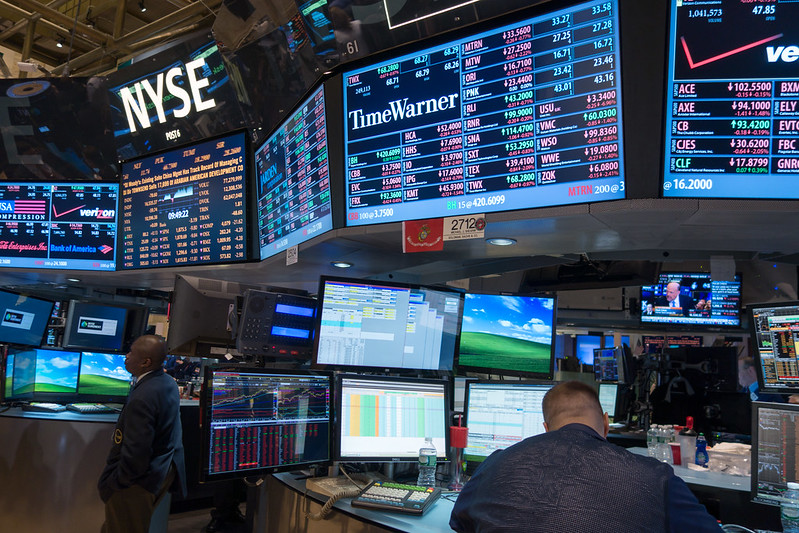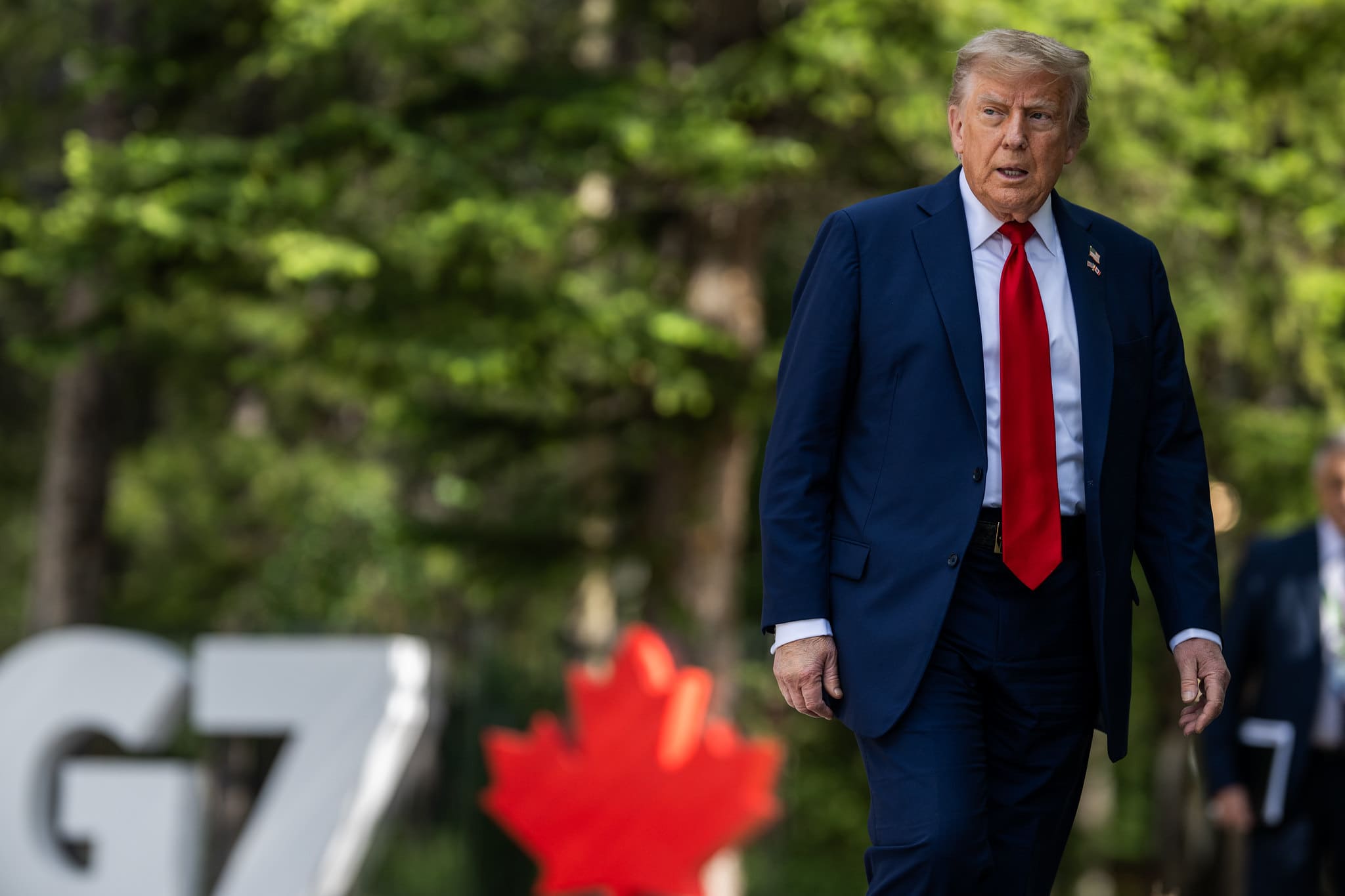
Photo: Scott Beale
Markets Stay Calm Despite Political Noise and Tariff Threats — Fundamentals Prevail Amid Uncertainty
Not long ago, a single post from former President Donald Trump could rattle Wall Street for days. Now, even with threats to remove the world’s most powerful central banker, market reactions remain muted. Treasury yields barely budge, stocks continue their steady climb, and safe-haven assets hold firm.
This surprising calm is not merely a result of the typical summer lull in trading; it reflects a deeper shift. Despite political turbulence and lingering recession warnings, the U.S. economy is proving stubbornly resilient — and markets, against the odds, are behaving rationally.
One clear indicator is the normalization of asset class correlations — the degree to which stocks, bonds, credit, and commodities move in sync. After three years of synchronized volatility driven by inflation and Fed policy, correlations have now returned to their 10-year average.
High-yield bonds, once closely tracking short-term Treasuries, now trade more independently. Equities have decoupled from interest rate movements. Gold has regained its role as a diversifier, moving separately from both Treasuries and credit. This return to financial balance comes as earnings season reveals corporate resilience.
“In financial terms, this is what a functional economy looks like — where no single variable dominates,” said Barclays strategist Emmanuel Cau. “Despite macro anxiety, growth remains steady and resilient, and rate volatility has declined. Equity markets are now driven more by company-specific factors.”
Markets Shift Focus to Fundamentals
Market behavior is no longer dictated by macro headlines. Corporate earnings are once again driving stock performance, and credit risk premiums reflect balance sheet strength rather than central bank cues. Investors are displaying internal logic — not fear.
Even as Trump lashed out at Fed Chair Jerome Powell this week, and central bankers voiced diverging opinions on rates, markets barely flinched. The S&P 500 gained 0.6%, marking 17 straight sessions without a move of more than 1% in either direction. A long-duration Treasury ETF fell just 0.6%. Bitcoin hovered near record highs.
A Barclays index tracking cross-asset co-movement dropped to 32%, close to its pre-rate-hike average, after peaking at 55% during inflation-fueled panic in March 2023. “Markets survived a near-death experience in April when the president reversed course. Investors now believe he’s afraid of upsetting equity markets and lacks the appetite for truly market-hostile policies,” said Michael O’Rourke, chief market strategist at JonesTrading LLC.
Volatility Remains Muted — But Caution Lingers
Despite short-lived market shocks — from tariff threats and currency swings to Fed political friction — investor confidence has remained firm. The S&P 500 is up 26% since April lows, while Bitcoin has gained over 50%.
A relentless rebound in risk assets is breaking prior correlations. Still, in such calm and orderly markets, any true shock could land harder.
Wall Street strategists warn it’s premature to declare bonds a foolproof hedge. Structural concerns like inflation, government overspending, climate risks, demographic shifts, and deglobalization continue to loom.
“The structural outlook for elevated inflation and volatility suggests cross-asset correlations may remain high in the coming years,” said Inigo Fraser-Jenkins of AllianceBernstein.
Diversification Is Back in Focus
For now, normalization has eased stress for asset allocators and renewed faith in portfolio diversification. The classic 60/40 portfolio is up 6% this year, while the Cambria Global Asset Allocation ETF — spanning equities, bonds, real estate, and commodities — has gained 9%.
“With inflation expectations contained and growth resilient, the current environment leaves little room for surprise,” said James St. Aubin, CIO of Ocean Park Asset Management. “But I wouldn’t get too comfortable — inflation fears may be out of sight, but they’re not gone. The real risk is stagflation, which raises correlations between stocks and bonds.”
Source: Bloomberg News
-

NEWSROOM
We are a dynamic daily channel dedicated to delivering essential insights on economics, business, and politics—empowering professionals and decision-makers to navigate a complex and fast-evolving world. Our content blends in-depth reporting, exclusive analysis, and strategic interviews to help readers stay informed, anticipate opportunities, and make smarter decisions. Connect with us at info@moneyinfocus.news
to collaborate or learn more.














